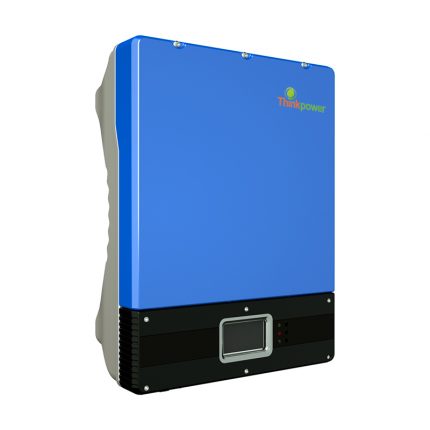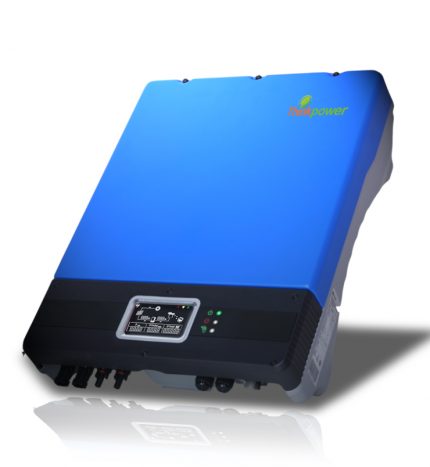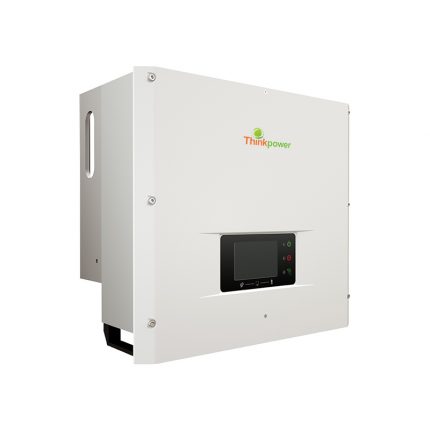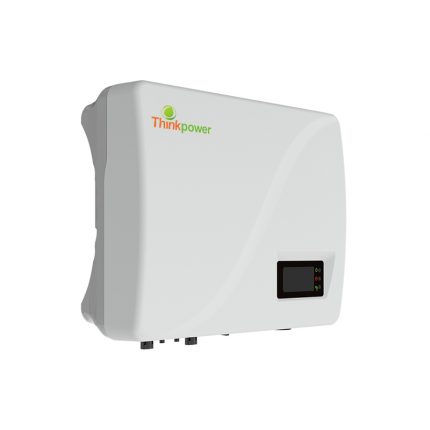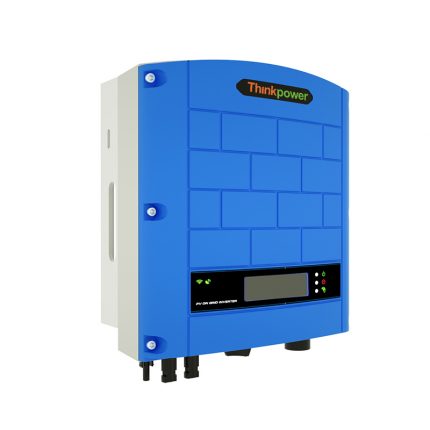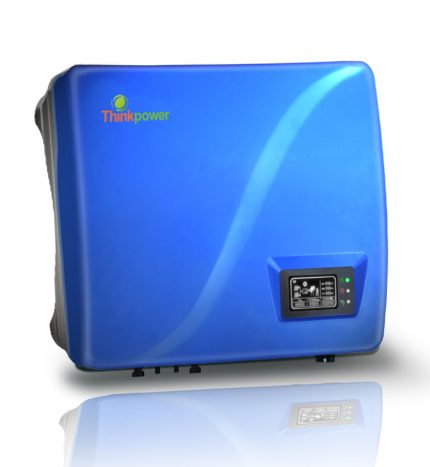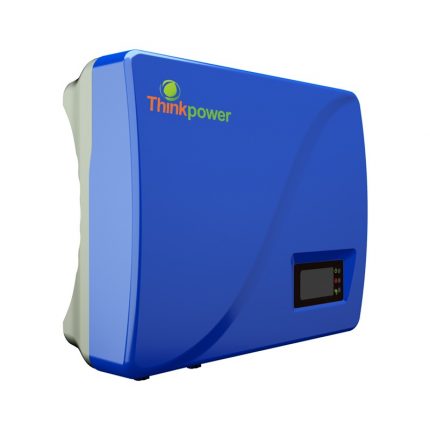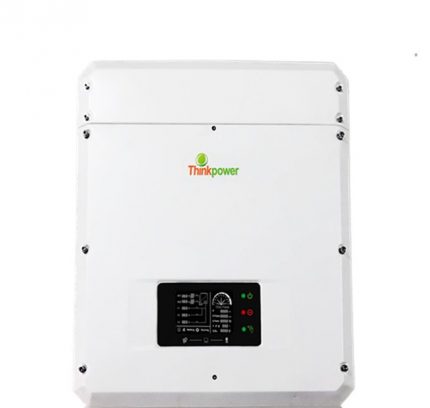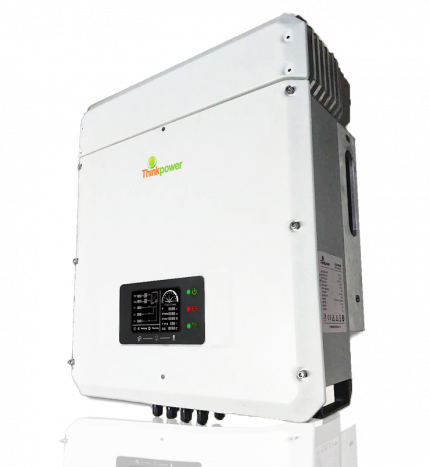ON Grid Inverter
In the realm of renewable energy, on-grid inverters, also known as grid-tied inverters or grid-connected inverters, serve as vital components in solar power systems designed to integrate seamlessly with the existing electrical grid infrastructure. These sophisticated devices play a pivotal role in converting the direct current (DC) output generated by solar panels into alternating current (AC) electricity that can be fed directly into the utility grid or used to power electrical loads within a property. Let’s explore the workings and significance of on-grid inverters in detail.
Understanding On-Grid Inverters:
An on-grid inverter is a specialized electrical converter designed to operate in synchronization with the electrical grid. Unlike off-grid inverters, which are used in standalone power systems, on-grid inverters are specifically tailored for grid-connected solar installations. They facilitate the efficient conversion of solar-generated DC power into AC power, allowing for seamless integration with the utility grid.
Key Components and Functionality:
- DC to AC Conversion: On-grid inverters perform the essential function of converting the DC power output from solar panels into AC power. They utilize advanced power electronics and control algorithms to ensure the produced AC electricity is synchronized with the grid’s voltage and frequency.
- Maximum Power Point Tracking (MPPT): Many on-grid inverters feature Maximum Power Point Tracking (MPPT) technology, which optimizes the efficiency of solar power generation by continuously adjusting the operating voltage and current of the solar panels to maximize power output.
- Grid Synchronization: On-grid inverters synchronize the output AC electricity with the voltage and frequency of the utility grid to ensure compatibility and seamless integration. This synchronization enables excess solar power to be exported to the grid or imported from the grid as needed to meet electrical demand.
- Grid Interaction and Net Metering: On-grid inverters allow for bidirectional energy flow between the solar system and the utility grid. Excess solar power generated during periods of high solar irradiance can be exported to the grid, while additional power needed beyond what the solar system can provide can be drawn from the grid. Net metering arrangements enable users to receive credit or compensation for excess energy exported to the grid.

